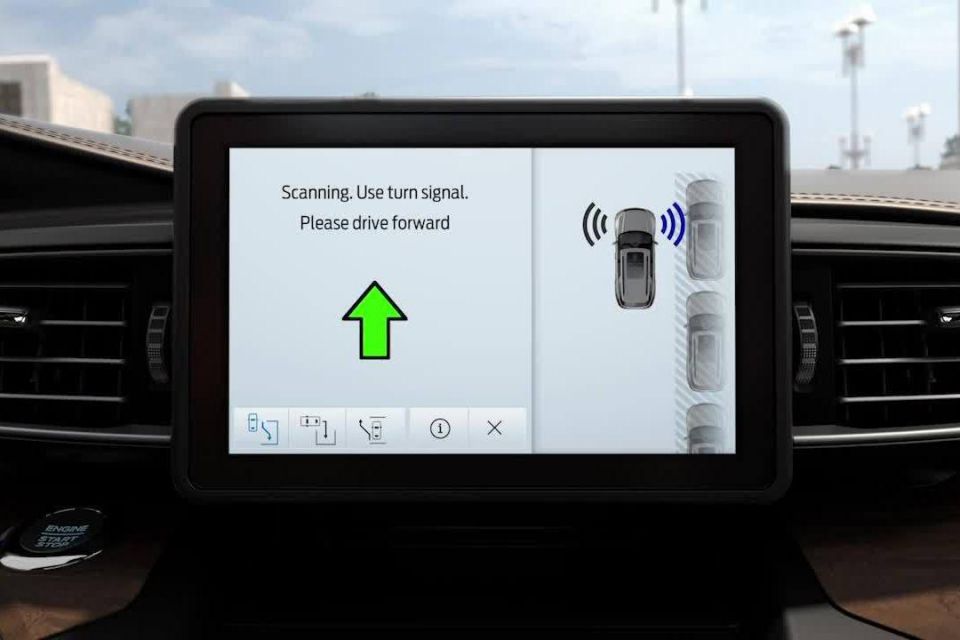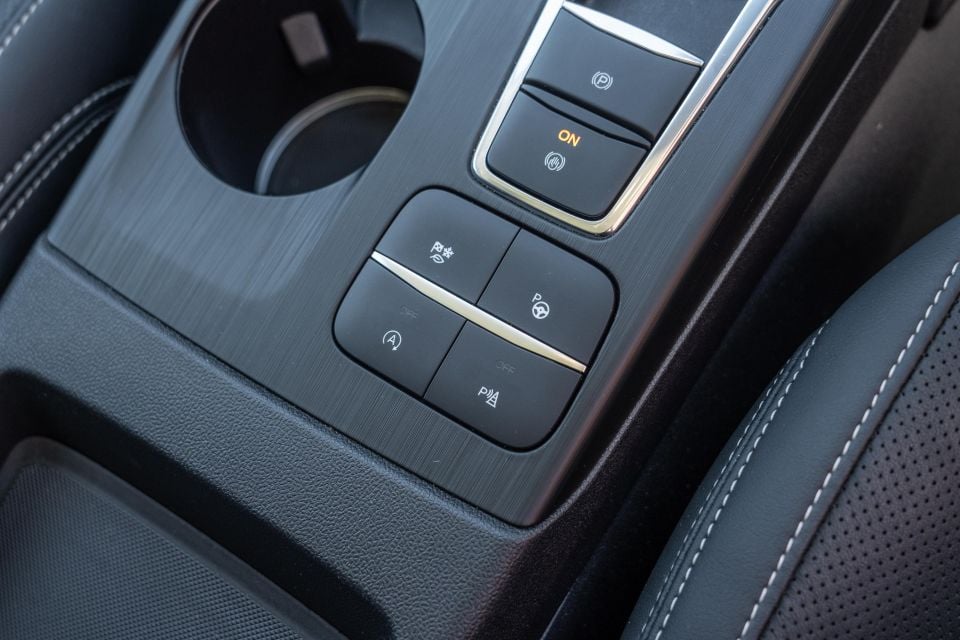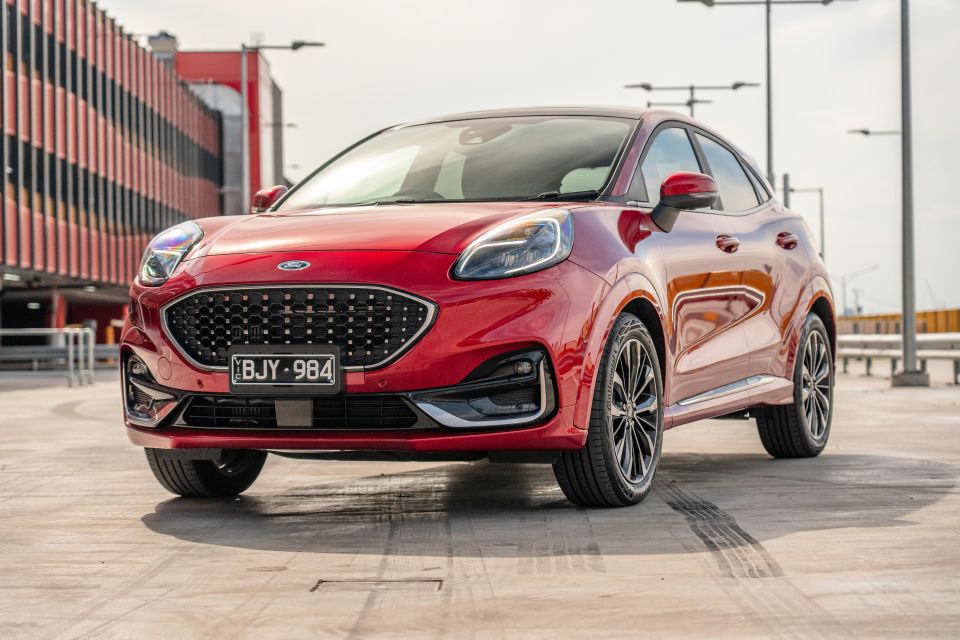

Max Davies
2026 Toyota HiAce review
59 Minutes Ago
Ford will soon start trimming vehicle feature lists as part of a new cost-saving initiative, and is using connected vehicle data to find out what owners aren’t using.
In a Q4 2023 investor earnings call on Tuesday, the Blue Oval tasked itself with saving US$2 billion (A$3.06 billion) for 2024 through efficiencies “in the material cost and the industrial system”.
While a large chunk of that will come from freight and supplier costs, Ford chief operating officer Ashwani Galhotra said the company is also reviewing connected vehicle data as well to find where it can make savings.
“Connected vehicle data here is very important because it helps us see what we’re providing, whether the customers are using it or not,” he said.
On the chopping block is a feature that was once groundbreaking in the automotive industry.
“So one example is an auto park feature that lets the customer parallel park automatically. Very, very few people are using it. So we can remove that feature. It’s about US$60 (A$92) per vehicle, another US$10 million (A$15.3 million) per year,” Mr Galhotra said.
As well as analysing connected vehicle data, Ford is also constantly conducting internal reviews to eke out as many cost savings as possible.

Mr Galhotra then elaborated on the process, providing an example where a team was able to redesign an aero shield to deliver the same benefit in fuel economy, but which cost US$40 (A$61.35) less to produce.
According to Mr Galhotra, this saves US$10 million a year (A$15.3 million).
“We’re doing very extensive benchmarking for our manufacturing, both internally because we have lots of good ideas within our system and externally at a station-by-station level,” Mr Galhotra said.
“Just recently, one of the teams completed [an] analysis of about 50 stations and saved about $8 million.”

Additionally, Ford is finding savings through more conventional measures. For example, Mr Galhotra highlighted savings from suppliers as inflationary pressures eased, normalising supply chains and decreasing freight costs.
Ford’s semi-automatic parking assist is currently offered in Australia on the Ranger, Everest and Mustang Mach-E.
It’s also offered in the Escape, now in runout, and the Puma, which has just been axed.
Last arrivals of the petrol-powered Puma are due in May, though the nameplate will live on with the electric Puma Gen-E due later in 2024.

Ford Australia has been trimming its vehicle lineup in favour of commercial vehicles, and the Blue Oval brand says killing the petrol Puma will “make way for growth opportunities in Ford’s broadest ever Transit and Mustang range”.
Last year, the Spanish-built Escape mid-sized SUV was axed, with the Fiesta and Focus hatchbacks departing the year before.
This now leaves Ford Australia with a dwindling lineup of petrol-powered models: the F-150, the Ranger Raptor and the Mustang. The latter is the brand’s sole remaining passenger car here.
Where expert car reviews meet expert car buying – CarExpert gives you trusted advice, personalised service and real savings on your next new car.


Max Davies
59 Minutes Ago


William Stopford
17 Hours Ago


Ben Zachariah
18 Hours Ago


Derek Fung
19 Hours Ago


Matt Campbell
1 Day Ago


William Stopford
2 Days Ago